Untangling Toxic Relationships: Helping Clients Release Abusive Cycles By Laura Copley – PESI
$64,00 $15,00
Untangling toxic relationships: Helping clients release abusive cycles – Digital Download!
Let’s embark on a captivating adventure to uncover remarkable insights that spark your curiosity and elevate your understanding

Untangling Toxic Relationships: Helping Clients Release Abusive Cycles By Laura Copley – PESI
Overview

Untangling toxic relationships: Helping clients release abusive cycles
In a world where relationships shape our very existence, the notion of toxicity within them casts a long shadow over our emotional well-being. Laura Copley’s insightful guide, Untangling Toxic Relationships: Helping Clients Release Abusive Cycles, emerges as a beacon of hope for both therapists and individuals navigating the treacherous waters of abusive dynamics. With an adept blend of clinical expertise and personal experience as a trauma survivor, Copley forges a path toward understanding the complexities of abusive cycles and offers practical strategies to foster healing and growth. This exploration of toxic relationships not only illuminates the psychological patterns that ensnare individuals but also advocates for a compassionate dialogue surrounding trauma and recovery.
Understanding the Dynamics of Toxic Relationships
Toxic relationships often resemble a tightly woven web, where individuals find themselves ensnared, unable to discern the boundaries between love and abuse. Laura Copley’s work dives deep into the heart of these dynamics, revealing how attachment wounds can perpetuate cycles of dysfunction. The emotional complexities involved in these relationships make it imperative for therapists to recognize and address these underlying issues. According to research from the American Psychological Association, attachment theory plays a vital role in understanding relational patterns. By comprehending one’s attachment style, whether it be anxious, avoidant, or secure, individuals can begin to discern the roots of their emotional responses within their relationships.
Copley emphasizes that healing begins with understanding. To untangle toxicity, one must first unravel the knots of their internal world where painful experiences and unmet needs reside. This process is akin to peeling layers of an onion, where each layer unveils deeper emotions and traumas that have been buried. For instance, an individual may struggle with commitment due to past experiences of abandonment, leading to self-sabotaging behaviors in current relationships.
Characteristics of Toxic Relationships
To better understand the signs of toxicity, Copley provides a list of common characteristics that often define these relationships:
- Manipulation: One partner may consistently undermine the other’s feelings and perceptions.
- Control: There might be excessive monitoring of a partner’s actions, feelings, and friendships.
- Gaslighting: A form of psychological manipulation, where one partner causes the other to doubt their reality or perceptions.
- Isolation: Intentional efforts to cut off the partner from friends and family.
- Emotional Abuse: Criticism, belittling, and other forms of demeaning behavior.
Recognizing these traits can empower individuals to take the first step toward breaking the cycle of abuse by validating their experiences and encouraging them to seek help.
Trauma Bonds and Their Impact
At the heart of many toxic relationships lies a phenomenon known as a trauma bond. Copley describes trauma bonding as the emotional attachment that can develop between an abuser and their victim through cycles of abuse followed by reconciliation. This bond can be likened to a double-edged sword on one side, there are moments of affection and hope for change, while the other side is marked by pain and betrayal.
Research from the Journal of Interpersonal Violence found that individuals who experience trauma bonds often struggle to leave abusive situations, driven by feelings of loyalty and responsibility. Copley points out that this phenomenon is rooted in the complexities of attachment psychology; individuals may have learned to associate love with pain based on early life experiences. Therefore, breaking free from these patterns requires not only recognizing the abusive cycle but also reconfiguring the emotional associations that have been formed over time.
Steps to Release Abusive Cycles
Copley outlines several practical steps for therapists and their clients to begin the journey of liberation from toxic relationships:
- Awareness: Identifying the cycle of abuse, recognizing the signs, and acknowledging the trauma bond.
- Understanding Triggers: Exploring past experiences and current triggers that perpetuate the cycle.
- Setting Boundaries: Learning the importance of personal boundaries and self-advocacy.
- Seeking Support: Encouraging the individual to reach out for help, whether through therapy, support groups, or trusted friends.
Implementing these steps can empower clients, fostering a sense of agency in their healing journey. By mapping their experiences and gaining insight into their relationship patterns, individuals can begin the process of emotional unlearning needed to break free from unhealthy cycles.
The Therapist’s Role
Copley’s book serves as a crucial resource for therapists, equipping them with the knowledge and tools necessary to guide clients through the complexities of toxic relationship patterns. The importance of creating a safe therapeutic environment is paramount; clients must feel free to express their feelings without judgment. According to the National Institute of Mental Health, the therapeutic alliance is one of the strongest predictors of therapeutic success.
Techniques for Therapy
To facilitate healing, Copley suggests various therapeutic techniques that can be employed:
- Cognitive Behavioral Therapy (CBT): Helps clients identify and change negative thought patterns.
- Trauma-Informed Care: Acknowledges past traumas and focuses on coping mechanisms rather than solely symptoms.
- Narrative Therapy: Encourages clients to reframe their personal narratives, understanding their experiences in a new light.
By utilizing these approaches, therapists can guide clients in processing their traumas while providing them with the necessary tools to foster self-compassion and resilience.
Stigma and Compassion
One of the most crucial themes in Copley’s work is the stigma surrounding trauma victims. The societal narrative often casts judgment on those who remain in toxic relationships, but Copley advocates for a more compassionate understanding. A trauma-informed approach emphasizes the importance of empathy and awareness of the unique struggles that victims face.
Redefining the Language of Healing
Language plays a pivotal role in shaping perceptions. Copley encourages therapists to reflect critically on their language, opting for terminology that uplifts rather than diminishes. For instance, rather than labeling an individual as “weak” for staying in an abusive relationship, reframing the dialogue to recognize their emotional survival skills can foster empowerment.
Through this compassionate lens, Copley’s work not only advocates for trauma survivors but also calls upon professionals in the mental health field to engage in self-reflection regarding their practices. This holistic approach not only empowers clients but also fosters a greater sense of community and understanding around the issue of toxic relationships.
Conclusion: A Path Forward
In summary, Laura Copley’s Untangling Toxic Relationships provides a profound examination of the dynamics underlying abusive cycles and the means of liberation. Through awareness, understanding, and the alliance between therapist and client, the journey toward emotional healing becomes achievable. This insightful guide serves as a vital resource, not only for professionals in the mental health field but also for individuals seeking to reclaim their agency and navigate the turbulent waters of toxic relationships. By embracing the core principles outlined within the book recognition of trauma, compassion, and informed dialogue the door to personal healing and healthier connections can finally be opened.
Frequently Asked Questions:
Innovation in Business Models: We use a group purchase approach that enables users to split expenses and get discounted access to well-liked courses. Despite worries regarding distribution strategies from content creators, this strategy helps people with low incomes.
Legal Aspects to Take into Account: Our operations’ legality entails several intricate considerations. There are no explicit resale restrictions mentioned at the time of purchase, even though we do not have the course developers’ express consent to redistribute their content. This uncertainty gives us the chance to offer reasonably priced instructional materials.
Quality Control: We make certain that every course resource we buy is the exact same as what the authors themselves provide. It’s crucial to realize, nevertheless, that we are not authorized suppliers. Therefore, the following are not included in our offerings: – Live coaching sessions or calls with the course author.
– Entry to groups or portals that are only available to authors.
– Participation in closed forums.
– Straightforward email assistance from the writer or their group.
Our goal is to lower the barrier to education by providing these courses on our own, without the official channels’ premium services. We value your comprehension of our distinct methodology.
Be the first to review “Untangling Toxic Relationships: Helping Clients Release Abusive Cycles By Laura Copley – PESI” Cancel reply
You must be logged in to post a review.
Related products
Personal Development
Personal Development
The Performance Stretch System Level 1 By The Stretch Therapists
Personal Development
Online – The Demartini Values Training Program – USA 2020 (Videos Only) By Dr John Demartini
Personal Development
Personal Development
Training the Electric/Magnetic Lines of Force with Movement By Sixty Skills
Personal Development
Personal Development
The Others Within Us – Unattached Burdens and Guides in IFS Therapy By Robert Falconer
Personal Development
Personal Development
Personal Development
Human Design Business Kickstart Bundle 2024 By Becca Francis







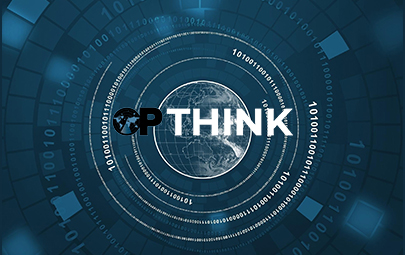
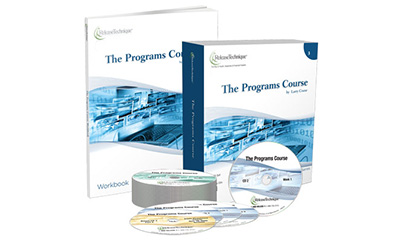


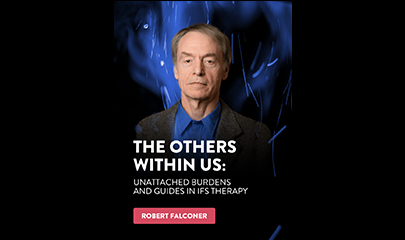
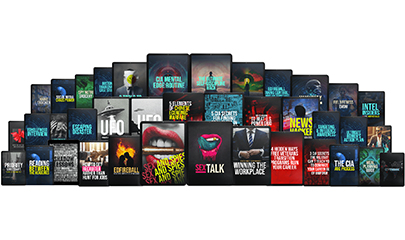
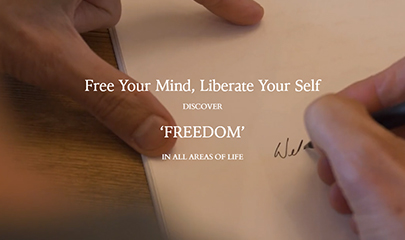




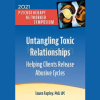
Reviews
There are no reviews yet.